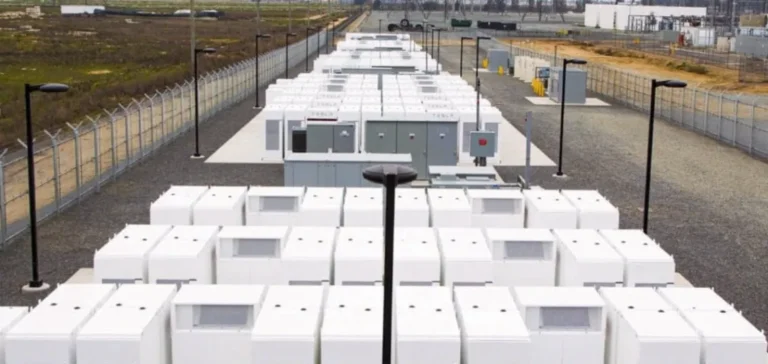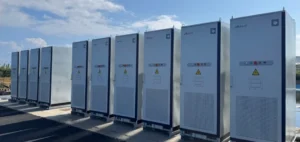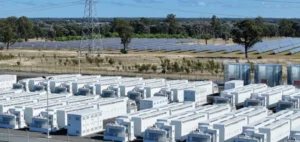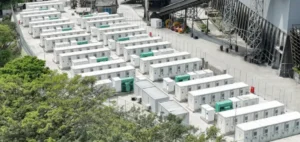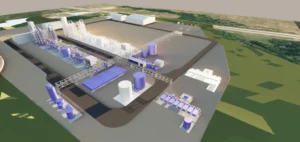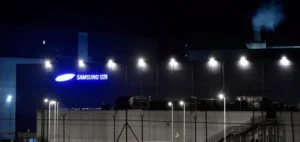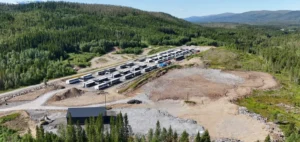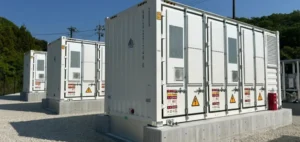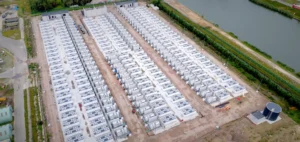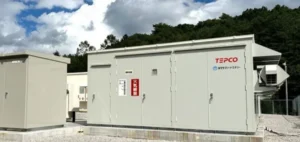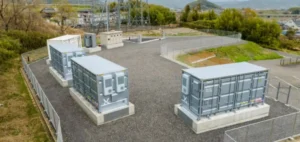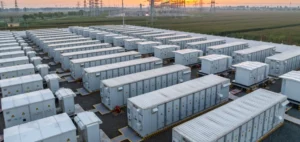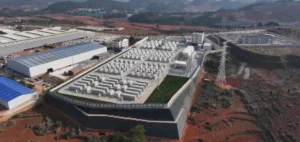The Hagersville Battery Energy Storage Park, developed by Boralex inc. and Six Nations of the Grand River Development Corporation (SNGRDC), received the Canadian Clean Power Project of the Year award for innovation from the Canadian Renewable Energy Association (CanREA). The recognition was announced during the organisation’s annual gala, held at the Electricity Transformation Canada conference in Toronto.
A reference infrastructure for large-scale storage
Located in Haldimand County, Ontario, the Hagersville Park is set to become the country’s largest battery storage facility, with a capacity of 300 MW and an energy reserve of 1.2 GWh. This infrastructure is intended to provide large-scale flexible capacity to the provincial grid, offering important support to Ontario’s energy system reliability.
The project marks a significant milestone in the development of energy storage technologies on the Canadian market, demonstrating the successful integration of robust technical solutions with local partnerships. The project’s scale, combined with its execution schedule, was a key factor in receiving this national distinction.
Partnership with Indigenous communities
The project is based on a collaboration between Boralex and Six Nations of the Grand River Development Corporation, an economic entity representing one of the country’s largest Indigenous communities. This partnership enabled the strategic reuse of land, as well as direct involvement of local stakeholders in the development process.
In addition to its technical dimension, the Hagersville Park is also designed to generate local economic benefits, particularly in terms of jobs and long-term revenues. The recognition by CanREA highlights the growing interest in joint investment models between industrial players and Indigenous communities, within a shared energy development framework.
Industry recognition for a pilot project
With this distinction, Boralex and SNGRDC are strengthening their position in the energy storage sector, a strategic segment for grid flexibility in response to consumption peaks and production fluctuations.
The Hagersville project now stands as a foundational example for potential replication elsewhere in Canada. Its implementation will be closely monitored by regulators and grid operators seeking solutions capable of supporting energy stability objectives.


